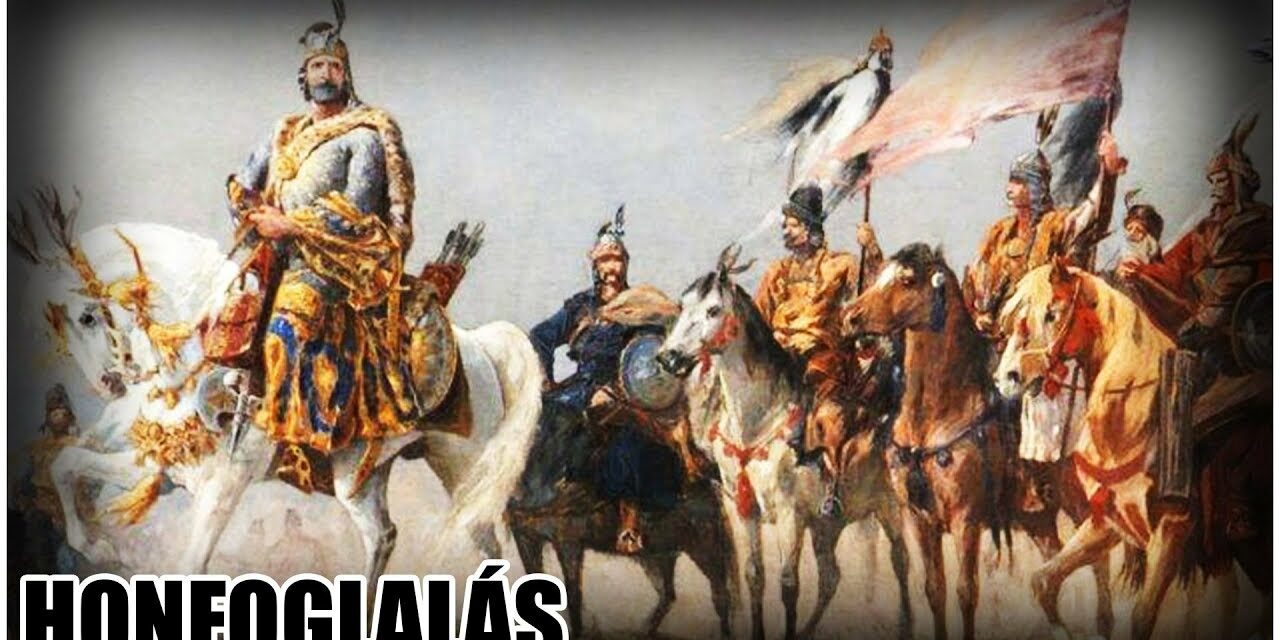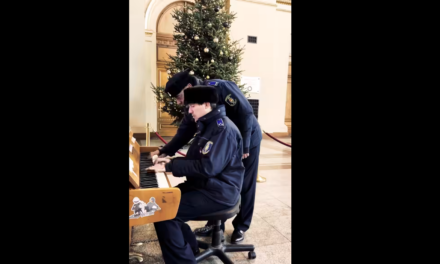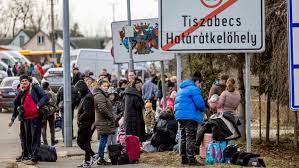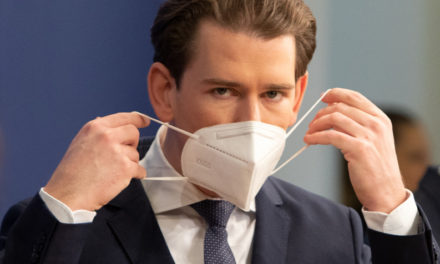"A nation that does not know its past does not understand its present, and cannot create its future!"
Europe needs Hungary... which has never let itself be defeated.
There is a great vogue, almost a renaissance, for the research of ancient Hungarian history, which burst back into Hungarian historiography after the regime change. Again, because this is not the first time that Hungarian prehistorians have tried to find out the origin of our people in competition with each other. We often hear and read from well-known and self-proclaimed authors and lecturers that history textbooks need to be rewritten. I myself, who was one of the authors of upper elementary school history books for more than two decades, fully agree with this demand. However, it should be known that even in the 2010s, there was a sharp contrast between those who have dominated the management of education for decades - let's call them left-wing intellectuals for the sake of simplicity - and the supporters of the national, conservative worldview. The situation did not improve following the change of regime, but rather worsened. There are two subjects in particular that the education politicians in charge of human education do not want to let go of their hands. History and literature. To give an example. They prevented with all their might - primarily a company called the History Teachers' Association, which is now fortunately just a putty association - that content that was "foreign" to them appeared in the textbooks. Among these, the name of Attila, the Great King of the Huns, was mentioned as well, and the Finno-Ugric theory was defended tooth and nail. The first textbook mention of the Battle of Bratislava, the elimination of the pejorative term "adventures", the impossibility of Hungarian conquest fleeing the Pesenia attack, the use of the name táltos and not shaman, as well as many other topics appeared in the textbooks shown below for the first time, at the cost of quite a bit of struggle .
Gyula László's name and work would most like to be written out of Hungarian history books forever.
The Red Count, Mihály Károlyi, was for them the positive hero who created the democratic republic. It was recommended that Miklós Horthy's historical role be presented exclusively in a negative light. (Many people do not know that the textbook does not end up in the hands of the child or the teacher with the content that the author wanted to write. The manuscript went through the filter of a three-member review committee, and they actually decided that the manuscript could be is a textbook or not. Who were the members of the committee in most cases? I made a reference to that above.)
Until the 2010s, the curriculum set in stone for a century and a half remained, according to which Hungarian history must be taught in such a way that it is based on failures, defeats, and pessimism. (Many readers may wonder if there was no change during the quarter of a century between the two wars? Of course there was, since the country was burning in the fever of revision, the national self-consciousness and the Christian values system were still alive in the majority of Hungarians at that time. research, but let's add that the children of the Horthy era also learned the Finno-Ugric theory from textbooks. Even some of our bona fide scientists caused more harm than good. As an example, let's mention the excavation of the Fehérvár ruin garden in 1938, when the country was ruled by King Szent István prepared for the 900th anniversary of his death.The excavation was unprofessional and rushed.
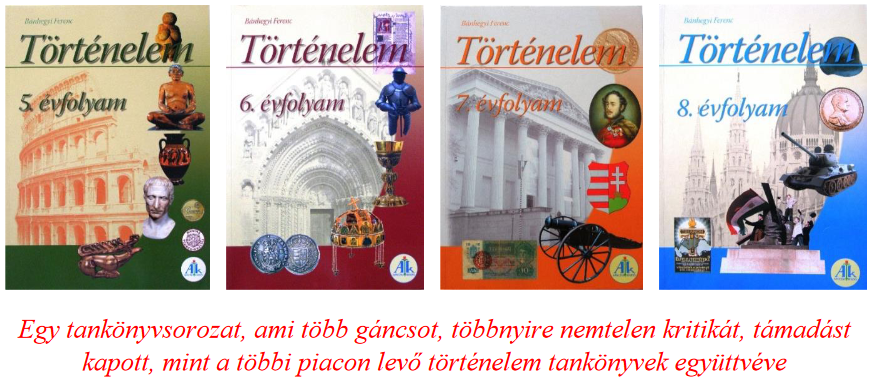
It took a Miklós Kásler to change this tendency that destroys the self-awareness of Hungarians. It should be added that since the regime change, video presentations, films, the mushrooming of book publishers, and live performances have been able to freely communicate the worldview that was previously forbidden and nurtured national feelings. However, the contents of the textbooks were not so flexible due to the difficulties of politics and regulations. The content changes that serve to change the one-sided view of the Hungarian youth, or the hope for it, have been delayed for more than two decades. Why? Of course, because it does not matter what kind of historical and literary curriculum the young generations encounter at school. The situation today is not perfect either, the textbooks show a rather chaotic picture, just like the worldview of the teachers teaching the two subjects indicated, which is present in schools in all colors of the rainbow. Most of the teachers of the Kádár era have already retired. But they were replaced by all kinds of people, from the wildly liberal teaching staff, to the teachers who wanted to present all trends fairly, to the burned-out, indifferent, "let's just get over the 45-minute" classes, to the teachers representing national and Christian values.
Miklós Kásler, the internationally renowned professor of medicine (oncology), spent his entire life dealing with the fate of Hungarian society and Hungarian history. For years, he had conversations with specialists who studied history, archaeology, folk art, anthropology, linguistics, art history, folk music, genetics, public health, geography, military history, and other aspects of the birth of a people, a nation, the process of its change and its present was examined.
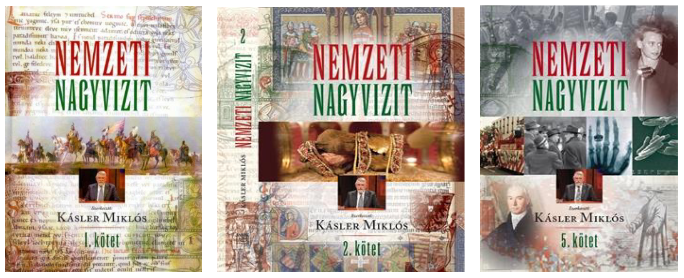
Miklós Kásler edited the voluminous and enormous body of knowledge gathered in this way, which was then published in the form of a series of books. The National Survey can be regarded as the long-awaited scientific work that restored and rethought Hungarian history, which had been distorted, lied to, and silenced for a century and a half. All people are curious about where they come from, who their ancestors are, when they arrived on the land where they live. This is also the case with the Hungarians, since few peoples have suffered as many trials and attacks in Europe as we have. We know it ended in Trianon. The conversations that took place on the TV screen caused such widespread interest, we can safely say, a legitimate national demand, that the texts were also available in books. However, the hope of a turn in the right direction is overshadowed by the fact that the intellectuals who have dominated the profession so far have come face to face with a group of historians, archaeologists and geneticists who are embarking on new paths. Miklós Kásler between 2018-2022, when he became the minister responsible for health and education, established the Hungarian Research Institute on January 1, 2019. Many people, especially the teachers of the Academy and the liberal-minded universities, welcomed the new institute with a grudge and others with hostility, saying that it was not needed. After all, many people are researching the topic, especially Hungarian prehistory and the Árpád era. However, the old torch bearers were not lucky, because the new institute placed archaeogenetics in the center of research in addition to the established sciences, the results of which, as they say: There is no point in arguing!
In the last century, there was no agreement between "traditional" research (archaeology, archival materials, the authenticity of the great ancestors, ethnography, linguistics) and research scientists. An example is Gyula László (1910-1998) from Székely, who started his career in Cluj. He experienced the First World War as a small child, the Second World War as a budding scientist, the Romanian changes of empire /1920, 1940, 1945, 1956, 1990/, and then the regime change in his old age. He was part of the creation of the Transylvanian Institute of Science, which can be considered the predecessor of the Hungarian Research Institute in terms of its spirit and national strategic commitment.
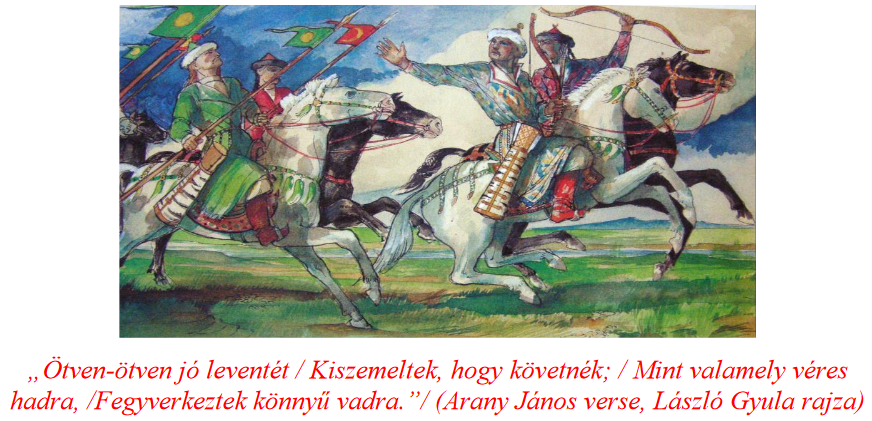

In addition to archeology, Gyula László also graduated from a college of fine arts, where he learned to draw excellently. With his archaeological research and drawings, the archaeologist-painter conjured before us the misty world of Hungarian prehistory. Furthermore, he developed the theory of "double national conquest", which is still persecuted and considered discredited by historians who reject the national strategy. The representatives of the already mentioned new trend, which lists numerous evidences, also returned to the legacy of Gyula László. His book, the life of the conquering Hungarian people (Magyar Élet kiadó, 1944), which has since gone through several editions, is still popular today because it is readable and interesting, and it also appeals to ordinary people. It is indisputable that without his work, our knowledge today would be much poorer regarding the prehistory of our people and the conquest of the country. However, the facts did not disturb the profession of historian, who clings tooth and nail to their "life's work" and represents global values, neither at the beginning of the 20th century, nor in the second half of the century, nor after the regime change, nor in the years of the 21st century. Individual interests, either citing professional reasons or clinging to office, but often only because of money, override nationally important goals. At least this kind of omission is caused by the fact that the college and university structure has remained almost untouched in the past three decades. In this way, these institutions have produced an innumerable number of liberals who neglect the national strategy. This applies equally to teacher training, the artistic life, and also to some of the human intellectuals who direct scientific life.

Speaking of textbooks, let's return to the question of why a textbook is different and more important than a work on any well-styled and well-documented historical period.
On the one hand, because a textbook is produced in millions of copies every year. On the other hand, because it is aimed at the young generation (age group 10-18) and, ideally, also their parents. Citing an example. It was not uncommon for one publisher's textbook to place the conquest between 895 and 907, and the other between 895 and 900. The new textbook, considering that the first Hungarian campaign took place already in 862, since when our ancestors fought in Western Europe, they explored the Carpathian basin. (In this case, given that we are talking about fifth- and ninth-grade students, let's not go into the Hungarian population that knew the Carpathian basin much earlier. All the more so, because we cannot attach an exact year.) The new textbook describes the process of the conquest in 862 and 895 defined between Let's add that the battle of Bratislava in 907 can be considered as the final possession of the Carpathian basin. It should be emphasized that the Peseny attack, which may not have happened in 895, has nothing to do with the Hungarian conquest. The conquest was carried out by father and son, Álmos and Árpád. Highlighting one more interesting example from the series of controversial events. It also became clear that István was not crowned in Esztergom, but in the coronation city, Fehérvár. (György Szabados made a proposal - which was then accepted - for the above textbook topics after seeking the opinions of science, recent research results and practicing teachers. Among other things.)

The theory (Romanian slippage) according to which the Hungarians first occupied the central parts of the Carpathian basin, and only then acquired the land of Transylvania, is also untenable. From Verecké, through the Meszesi Pass to the Ojtozi Gorge, our ancestors knew and used almost every passage when they returned to the Carpathian Basin in 895. Earlier, in part 45, we already mentioned the work of Anonymus, from which it is also clear that the ancestor of the Transylvanian Gyulas was the conqueror Tétény. His son Bogát harka, who already had accommodation in the western part of the occupied Carpathian Basin territories. When Bogát received the dignity of gyula in the 920s, he moved back to Transylvania, to his first place of residence, and his son, Gyula Zsombor, became the ancestor of the Zsombor family. In the Kis-Szamos valley, the Zsombor family considered itself the original occupant, as it was a descendant of Tétény. According to Anonymus's chronicle, Gyalu (castle) can still be visited today based on the geographical names of the parts of Meszes, when driving on highway 1 from Bánffyhunyad to Cluj-Napoca. Esküllő is located in the Kalotaszeg region between Gyalu and Zilah. The name of the settlement - although it has only been officially named this since 1913 - indicates that it was here that his allies took the oath of allegiance to leader Tétény.

In the second half of the 2010s, the Hungarian Research Institute regularly published articles on new research results, which were received with great attention and recognition by the profession at home and abroad. The head of the institute and the organizer of the multifaceted work is Gábor Horváth-Lugossy. In addition to archeological, historical, and genetic research, films dealing with historical events, ethnographic topics, and new research areas are discovered. Among them is the publication published at the end of 2019. The Hungarian nomadic population of Huns, Avars and conquerors arrived in the Carpathian basin from the Eurasian steppe. In this article, among other things, the authors write about the similarities and connections of paternal Y-chromosomal haplogroups in the Hun, Avar and Hungarian conquest finds discovered in the Carpathian basin. (The haplotype means that the gene variant inherited only from the father or only from the mother, passed on unchanged, proves who our ancestors were or were. The Greek word "haplo" means single, single.)
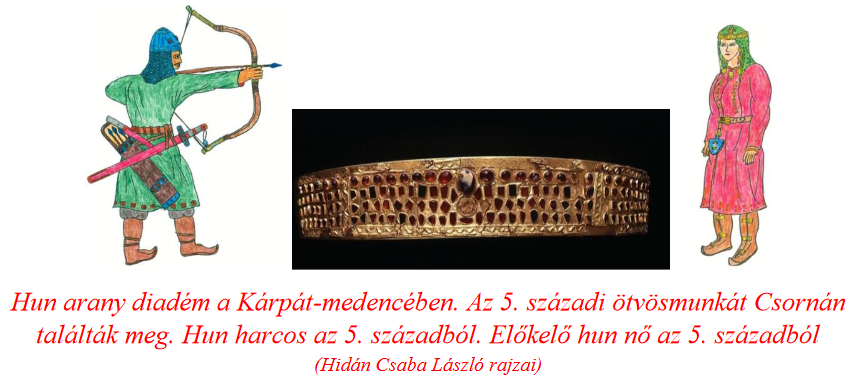
The Hun artifacts discovered so far in the Carpathian basin (nearly 50 objects) support the fact that the Xiongnu /European Huns/ also come from Asia. (You should know that another large group of Huns is the Asian Huns.)
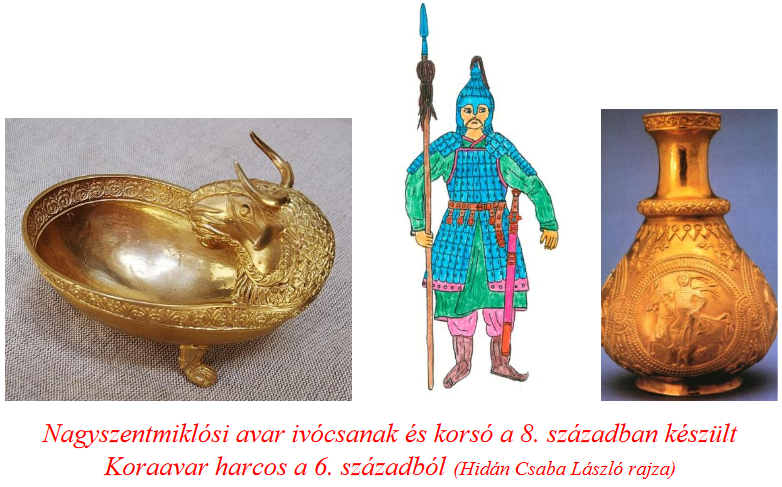
During the research of the graves of the Avar period, genes characteristic of the unmixed Asian (mainly Buryat) population can be detected. The composition of the population of the occupying Hungarians is significantly more varied and diverse, but the Inner Asian origin can be clearly demonstrated.

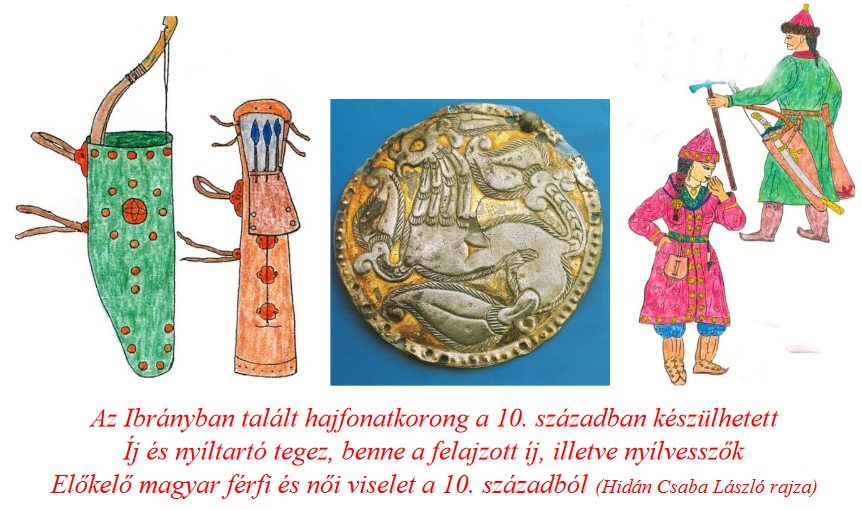
As a result of continuous research, the scientific publications published in 2020 further confirmed the previous claims. Among others, this is the article entitled Paternal branch haplogroups from finds excavated in the Carpathian basin during the Hun, Avar and Hungarian conquests. The lecture on the topic was given by Endre Neparáczki, the director of the Archeology Research Center.
Among the most awaited news among Hungarians is the long-standing professional debate, which dissects where and from whom we come from. On the basis of the DNA line characteristic of the Árpád house, the tests are increasingly asserting that the "bloodline" of the ancestors of the Árpáds can be traced back to around 4,500 years ago on the edge of the Turanian lowland (Northern Afghanistan). Miklós Kásler gave a presentation related to the topic, the title of his presentation was Determining the origin of Árpád House DNA with next-generation sequencing.
Research has accelerated, but the bottom line is that each publication provides new and new results that have not been experienced before. One of the most important publications is the determination of the phylogenetic origin of the Árpád House III. Based on the analysis of Béla's Y-chromosome sequence (sequence of connections resulting from each other). The article published in the summer of 2020 proves no less than that III. The ancestors of the Hungarian king Béla (1172-1196) and the closest relatives of the Árpád house are the Bashkirs, that is, this research names the Bashkirs as the closest relatives.

At the end of 2020, a very important study was published under the title of the corner point of the archaeogenetic investigation of the Árpád House, which - as already mentioned - III. It describes the excavation and examination of the skeletons of Béla and his wife. Archaeologist-historian János Érdy excavated the royal tomb in Fehérvár in 1848. In his recollection, he reports a touching scene. The people of Fehérvár rushed to the grave and prayed in front of the relics with tears in their eyes, not even knowing which of our kings had been found. After further excavations in Fehérvár, the remains of the great king and his wife were placed in the Matthias church in Budavar at the beginning of the 20th century. With the determination that they will only return to Fehérvár when a worthy resting place has been set up for the bones of our great kings.
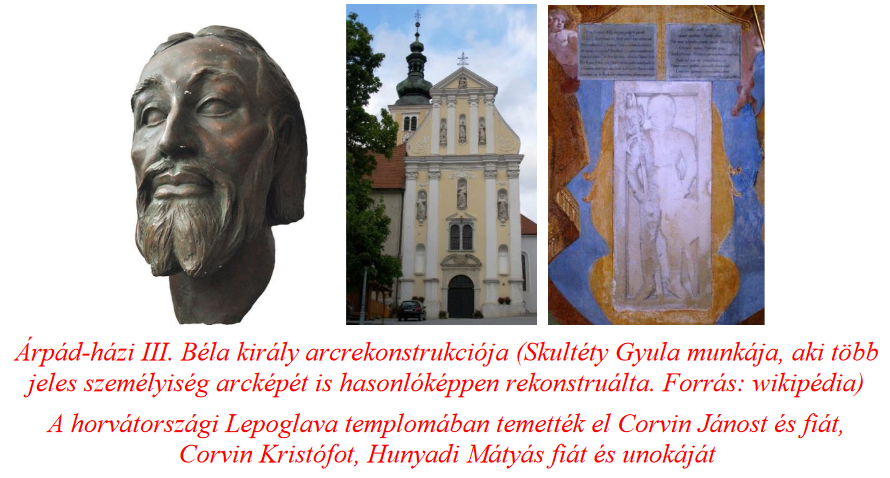 The excavation and examination of the Lepoglava grave is of outstanding importance.
The excavation and examination of the Lepoglava grave is of outstanding importance.
By determining the DNA of the remains of Hunyadi's descendants, it is hoped that it will be possible to find out which of Mátyás Hunyadi's mortal remains were from the mixed set of bones in the Fehérvár royal cemetery. However, this is a work of one and a half, two years. The excavation of the royal tombs in Fehérvár gives hope that the great dream of restoring the royal cemetery in a dignified manner can be realized in the 21st century. In 2014, Miklós Kásler initiated and led the scientific work aimed at the genetic analysis of the anthropological findings of the royal burial site in Székesfehérvár. The starting point III. It can be based on the DNA analysis of Béla's remains. Investigations have begun. The bones scattered and mixed up by the Turks, as well as the subsequent unprofessional excavation, require DNA samples to be taken individually from the human bones found so far. With the help of this, in principle, the Árpád kings laid to rest in the Fehérvár royal cemetery can be identified, as well as the person of the already mentioned Mátyás Hunyadi, who was verifiably buried in Fehérvár in 1490.

It is impossible to list the huge amount of work that MKI's employees have done so far, so I will only mention a few without claiming to be exhaustive. In April 2022, we were able to read the work The presence of the ancestors of Hungarians living today in the Carpathian Basin has been continuous for thousands of years. What we might have thought until now was only a figment of the imagination when it came to the Hungarians living in the Carpathian Basin for thousands of years, but with the help of a method based on artificial intelligence, it turned out not to be the case. With the new calculation based on population genetics, it can be determined with a good approximation that a part of the ancestors of the population living here already lived in the Carpathian Basin. Of course, mixing cannot be ruled out, and its proportions can even be detected.
By fully examining the 265 human remains, it has already been possible to reveal the main features of the region's population history. Research further refines the results achieved so far. For this purpose, researchers have at their disposal supercomputers that are able to compare the approximately 3,000 ancient samples processed worldwide with the available data. The Hungarian results were also supported by scientists from the most powerful international scientific institutes working with similar methods. The study "Scientific Breakthrough in Hungarian Prehistoric Research" published in the summer of 2022 informed interested parties about this.
Of course, the older historians and archaeologists, who have already put their many voluminous oeuvres on the table, or young researchers who are thinking in a different direction - of a similar age to the MKI's employees - receive the MKI's results with a sour, even hostile attitude. They claim that the team started by Miklós Kásler does nothing but invent hot water. They also claim that archaeogenetics cannot capture the state of consciousness in which people of ancient times and today live their lives. Whether this is a serious argument is for everyone who is interested in history to decide for themselves.
Excavations of great significance beyond those previously mentioned are taking place in Abasar, where it can be assumed that the remains of Aba Sámuel (1041-1044) will also be found during the further research of the royal church and burial site that has been excavated so far. Many people like Mátra as a sacred place, which is confirmed by the archaeological results so far.
We already knew that the famous grape-producing settlement was named after King Sámuel Aba. But the large dimensions of the Benedictine monastery, founded in 1042, point to the foundations of a historical monument that is of national, religious, and architectural importance. It should be known about Aba Sámuel that he was the only king not from the Árpád family, as he belonged to the Abák clan. It should also be known that he was the first elected king whom the Hungarian nobility raised to the throne, because they were dissatisfied with Peter Orseolo (1038-1041), who served German interests. The renewed German attacks led to results when they defeated Sámuel Aba at Ménfő in 1044 and restored Péter Orseolo to his throne (1044-1046). Aba Sámuel, who fled in the direction of his headquarters, died of his injuries at Feldebrő, and it is likely that he was buried there. It is also likely that it was later transferred to Abasár, the royal center of the Abák. The 11th-century royal monastery lies beneath the 15th-century family memorial site that has been excavated so far, where it is assumed that the remains of Aba Sámuel will also be found.
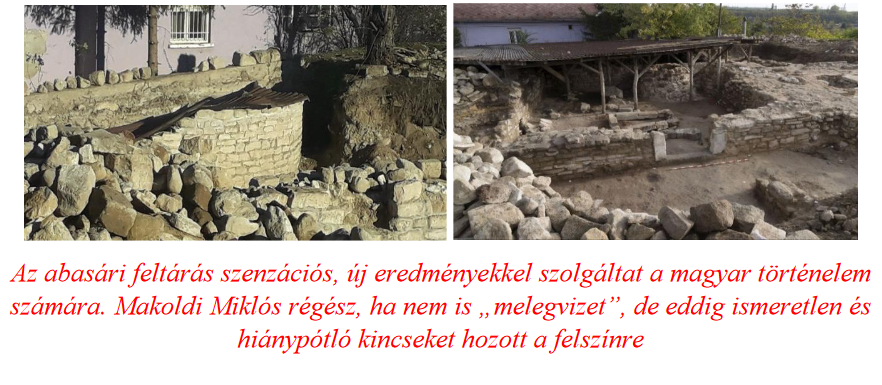
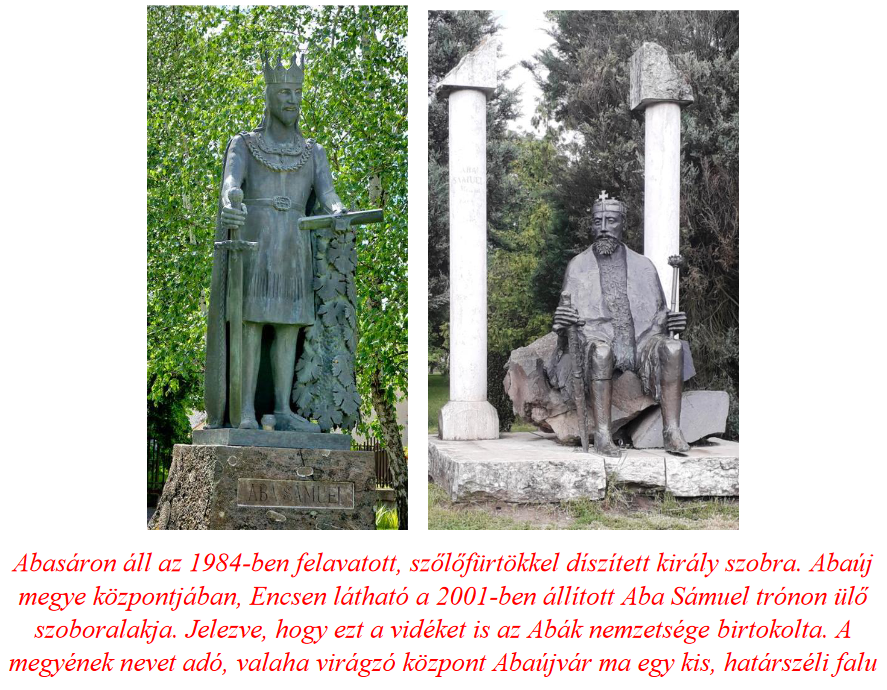
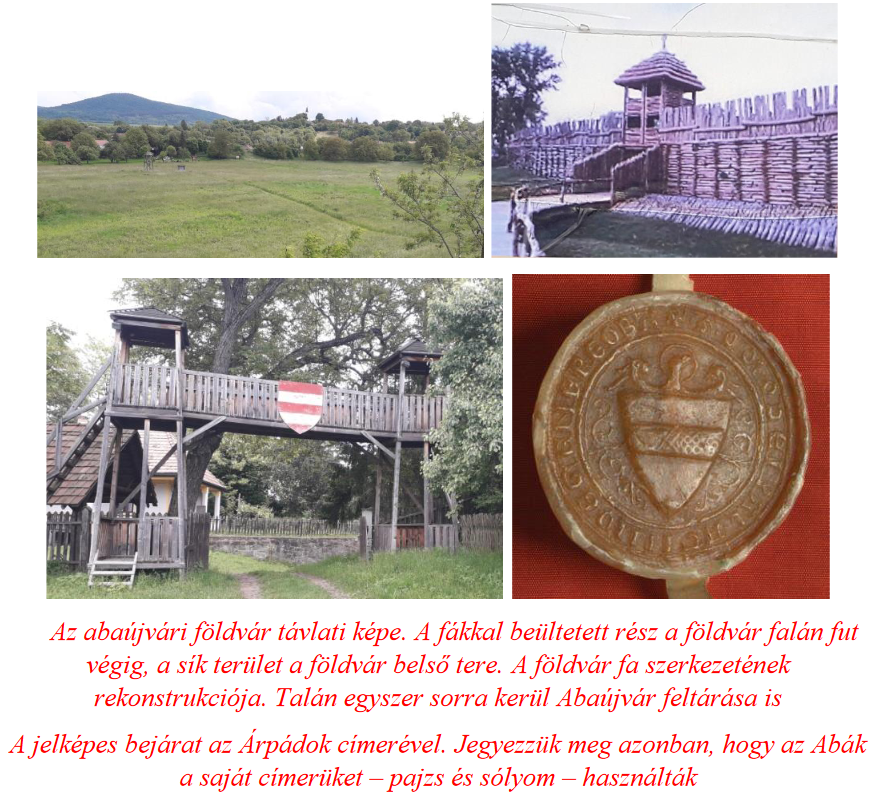
Another important element of the Abasar excavations, which archaeologists are looking for an answer to, is whether Hun origin can really be detected in the genes of the Abák. It would also be important to know this, because it would explain why the Hungarian lords who chose the king - who still knew that Atilla was the ancestor of the Árpáds - elected Sámuel Aba as Hungarian king based on this right. The other explanation, which points to the legitimacy of the election, is that Aba Sámuel was the brother-in-law of King István. Considering that your great ancestor married his sister, if not by blood, but she was a member of the Árpád house.
The detour concerning Abát was necessary, among other things, to convey one of the largest enterprises of the Hungarian Research Institute, as well as its multifaceted activities. As a kind of challenge, to counterpoint the work of MKI, ELTE BTK and other Hungarian universities and famous museums began excavations in the sub-church of the Tihany Abbey in 2021. The goal was to identify the remains of András I and his younger son Prince Dávid (his older son was King Solomon) buried in Tihany. The "king's tomb" of the sub-church was last excavated in 1953, but the technical possibilities at the time did not allow the identification of the king or prince of the Árpád House. Both King András and Prince David died at the age of 40-45, which made it difficult to group the remains according to age. It is lucky that the finds were reburied together with his own land during the previous excavation.
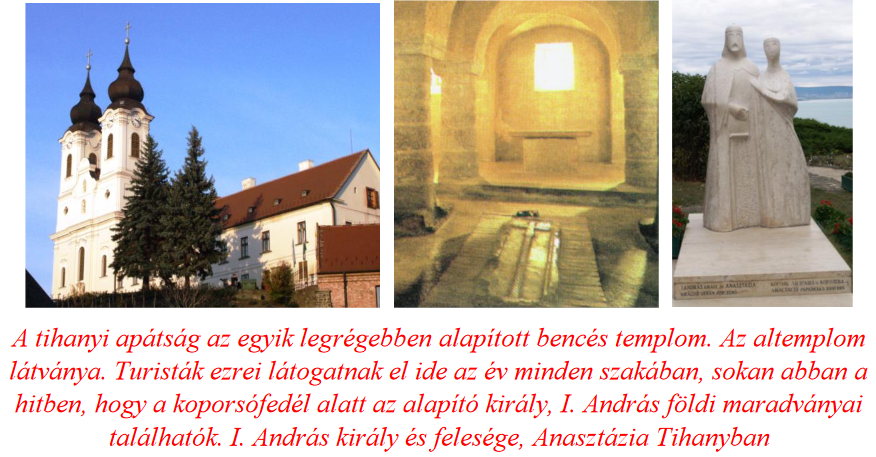
The tests in 2021 were carried out using the carbon isotope method, which was successful, but the DNA (archaeogenetic) tests were not carried out. The answer to the question, why not, was that the III. The determination of the Y-chromosomal type known in connection with Béla might show the origin from the Árpád era, but not whether they are really the earthly remains of András and Dávid. The excavation in Tihany did not bring the expected results, but many new graves were examined. It is true that they were added to the sub-church of the abbey in later centuries.

The Ruined Church of St. Martin, excavated in the area of Fót-Sikátorpuszta, is considered a special archaeological treat. For the sake of completeness, I should add that the archeologists of the Hungarian Research Institute began to explore the ruined church in a secluded place, overgrown with trees, at the request of the local residents. The excavation, which began in the summer of 2022, brought surprising results. The small Árpád-era church – there are dozens of them in the Fót area – offered archaeologists an unusual architectural solution. In the octagonal sanctuary, a Gothic capstone was found, the like of which has so far only been known from Pannonhalma. The research excavation was repaired by the fall of 2022, and it was open to visitors on November 11, St. Martin's Day.

Árpád-házi III. After the archaeological examination of Béla's remains, the second most significant piece of evidence was the discovery of the skull relic of Saint László (1077-1095). The Diocese of Győr allowed the MKI to carry out an interdisciplinary laboratory examination of the skull remains of Saint László. The archaeogenetic laboratory measurement was successful, the DNA provided information from which the entire genetic material of Szent László and the Y-chromosome characteristic of the Árpáds completely matched. Given that King László lived and ruled exactly one hundred years earlier than III. Béla, the examination of his relic bone brings us even closer to determining the origin of the conquering Árpáds.
The many branches of research, the interrelated events of the Hungarian past, and the examination of our famous historical figures conjure up an increasingly nuanced picture of the history of the Carpathian Basin. Research is already underway in Transylvania, namely on the former estates of the Báthory family.

MKI's research also extends to areas inhabited by Hungarians across the border. After all, this is the only way we can get a complete picture of the role of the state-creating and state-building illustrious families of historical Hungary. Together with the staff of the Szilágy County Museum of History and Fine Arts, MKI is researching the hitherto undiscovered past of the long-established Báthory family. Hungarian archaeologists and historians also travel to countries in the Middle and Far East. Information related to the topic can be found on news websites, Kossuth Rádió, and the broadcasts of the M5 channel This is the Question program, which cover a wide range of topics from Hungarian prehistoric times to the present day.
Author: Ferenc Bánhegyi
(Caption image: YouTube screenshot)
The parts of the series published so far can be read here: 1., 2., 3., 4., 5., 6., 7., 8., 9., 10., 11., 12., 13., 14., 15., 16., 17., 18., 19., 20., 21., 22., 23., 24,, 25., 26., 27., 28., 29/1.,29/2., 30., 31., 32., 33., 34., 35., 36., 37., 38., 39., 40., 41., 42., 43., 44., 45.

